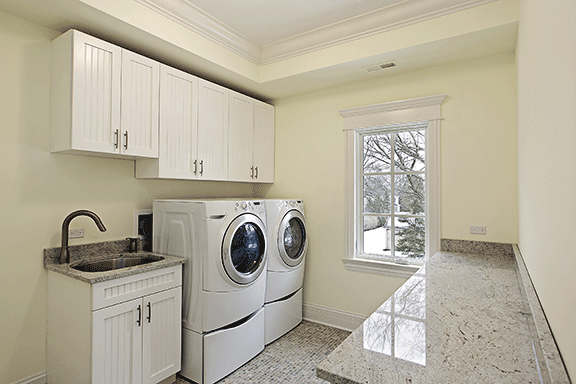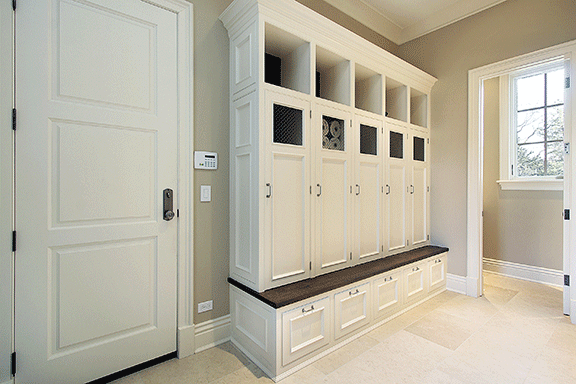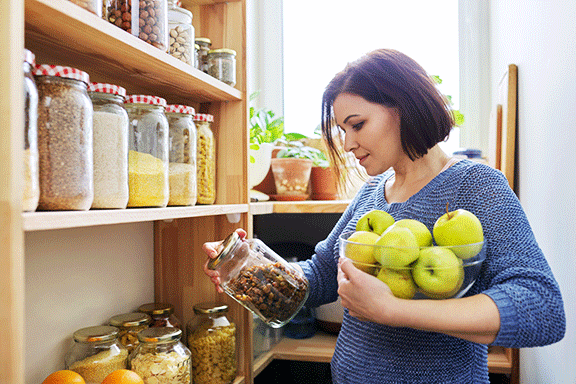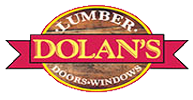Laundry rooms, mudrooms and pantries, three areas that are used every day by almost everyone in your family, are often afterthoughts when building or remodeling. They are vital to a well-managed and well cared for home and should be high on your list of priorities. You know what the obvious assets are – places for washer and dryer and food storage. But, what about those things that are widely overlooked? If you plan to build a new home or remodel, take the time to consider your family requirements. Will your family grow in size? If you ever decide to sell your home, these three rooms are important to buyers. Visit new home open houses and take pictures of areas that impress you. Search online for ideas. Make detailed lists and give them to your architect or builder. Here are a few basic points to consider.
The Laundry Room

Start by deciding what kind of washer and dryer you prefer. Stackables? Front-loaders? Top loaders? If you plan to purchase new ones now or in the future, do a little research. What types are most effective for stain removal, fabric care, and saving on operation costs? Always get a large capacity washer and dryer for large loads and bulky things like blankets, comforters, and patio furniture covers.
A laundry room needs an adequate folding area, hanging space, and storage for an ironing board and ironing equipment. Include a place for dirty clothes and if you have the space, you may want to include a separate bin for linens and one for items that need special attention. Don’t forget the laundry sink! Try to situate this important household hub so it is not a pass-through to the garage. You’ll be glad you did. If you are not going to have a mudroom, include a place for cleaning supplies and floor and carpet cleaners.
The Mudroom

Today’s mudrooms are multi-purpose and not just for backpacks, boots, and outerwear. Make a list of your activities. If your mudroom is really well-planned, it may include places for pet leashes, pet feeding stations, and other pet supplies. Don’t forget drawers and cupboards for frequently needed small hand tools, picture hooks, and a whole host of stuff you don’t know where to keep — a space that replaces that old-fashioned junk drawer. Other things that need storage – sports and camping equipment. If you travel. include cupboards for your suitcases and sleeping bags. Once you get used to this often forgotten room, you’ll wonder what you ever did without it.
The Pantry

Nothing is more irritating than coming home from the grocery store and searching for places to put your food, like pasta next to the dinner plates or cereal on top of your kitchen cabinets? Get out your step stool! How about the counter in your laundry room?
Now, prices are soaring. It’s prudent to stock up on sale items whenever you can! Tough luck if you are missing a substantial, well-designed pantry.
For your new pantry, begin with this basic checklist. Create a walk-in pantry that is well lit and properly ventilated. You’ll want adjustable and pull-out shelving, as well as cupboards and bins in various sizes. Make a comprehensive list of the types of food you plan to store in your pantry, your emergency food supply, collections of serving dishes, chargers, candles, candle holders, table linens, kitchen towels, and paper goods. Don’t forget your cookbooks and miscellaneous recipes. No doubt you have pots and pans you rarely use. Those are treasures that may be hard to replace, so provide necessary cupboard space. Include an area for small appliances like your one pot, air fryer, food processor, and more. A large, well-planned pantry makes cooking and entertaining so much easier and more enjoyable.


